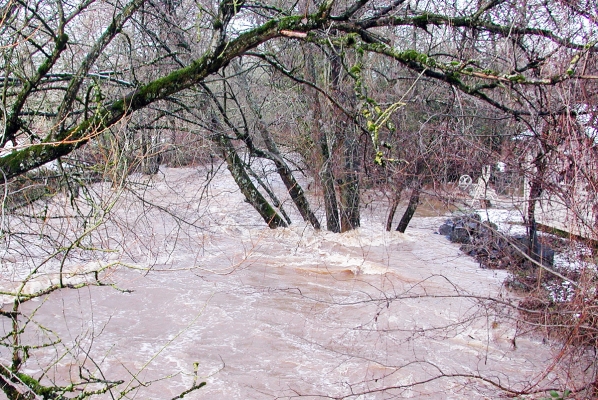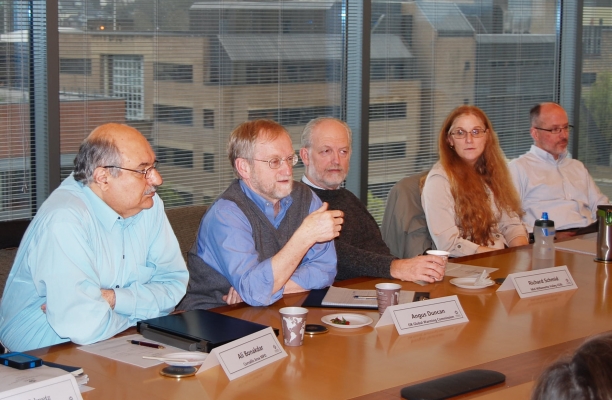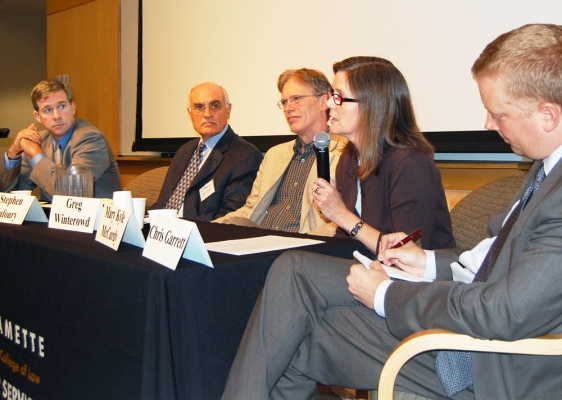Global heating caused by human activity is increasingly recognized as a threat to life on earth.
Despite the lack of a comprehensive national response to this threat, several states have already taken ambitious measures to combat the climate emergency.
A new NITC report examines the approaches used in four leading states—California, Maryland, Oregon and Washington—to identify strengths and weaknesses of the transportation-land use-climate policy framework in each state, and to find opportunities for improvement.
Rebecca Lewis and Rob Zako of the University of Oregon just released their report, Assessing State Efforts to Integrate Transportation, Land Use and Climate.
“States have been seen as laboratories of democracy, where we ground-test the ideas that might later apply at the federal level. States should be looking to learn from each other,” Lewis said. “States and cities are the ones taking action.”
The four states examined in this report are progressive in adopting state-level legislation to reduce emissions of greenhouse gases (GHG) from transportation.
Since the transportation sector accounts for almost one-third of all GHG emissions in the United States, transportation planners and policymakers have the ability to take...
Read more




